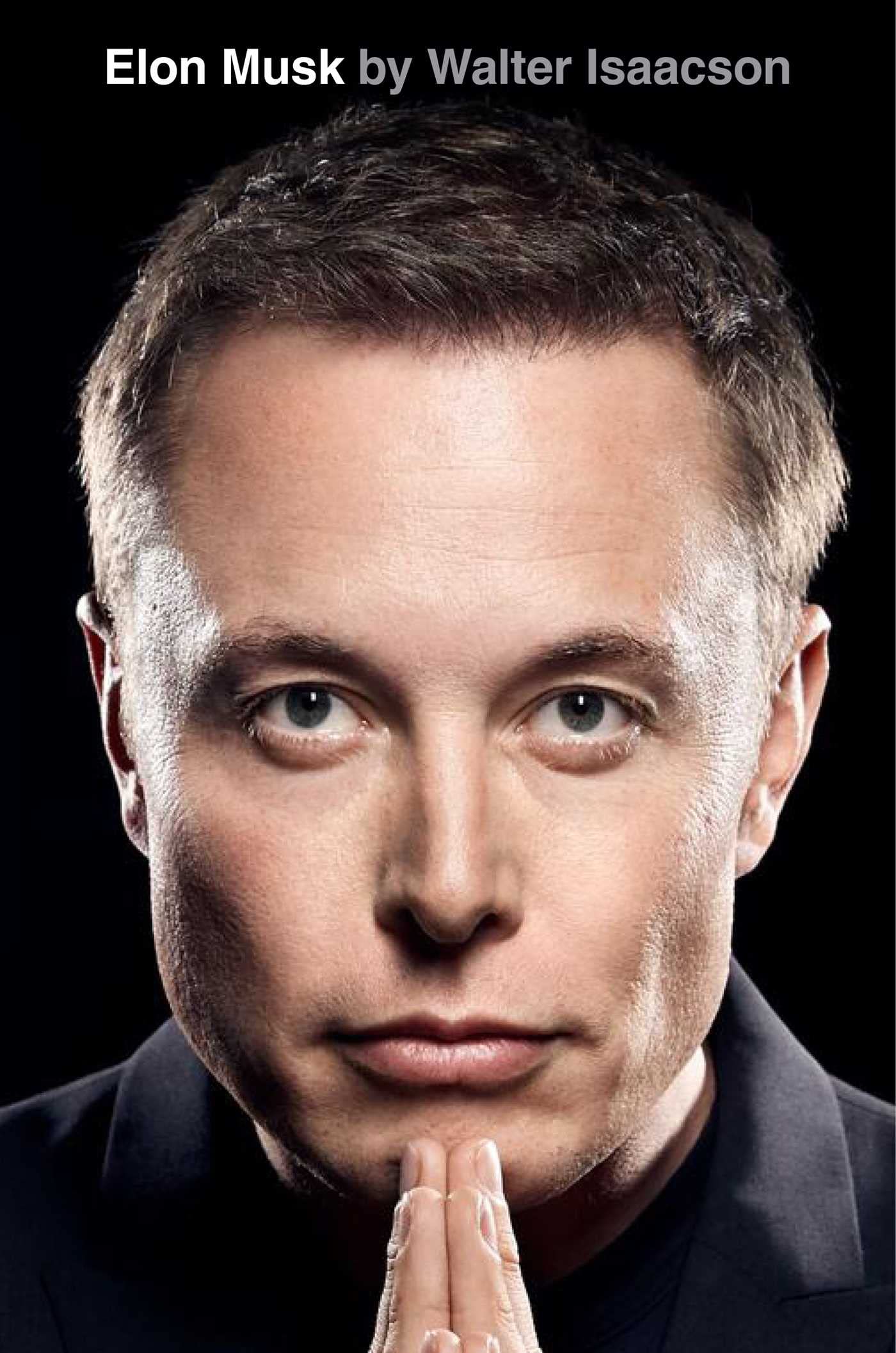23. Two Strikes
byTwo Strikes captures one of the most challenging periods in SpaceX’s early history, illustrating both the immense obstacles and the unshakable determination that defined Elon Musk’s leadership. In March 2006, Musk and his brother Kimbal landed in the remote Kwajalein Atoll, preparing for what was meant to be a historic moment—the first launch of Falcon 1. Tension ran high among the engineers and technicians, as the company had spent years developing the rocket, and this was their chance to prove their capabilities. However, even as they faced a make-or-break moment, Musk’s mind was already racing ahead, contemplating the design of future rockets like the Falcon 5, revealing his habitual tendency to always focus on what was next rather than dwelling on the present.
Despite the optimism surrounding the launch, disaster struck when a fuel leak triggered an engine fire, causing Falcon 1 to fail before reaching orbit. The SpaceX team watched in shock as their hopes were extinguished alongside the rocket’s flames, marking a devastating loss. Musk, visibly affected by the setback, didn’t allow the failure to deter him, instead immediately committing to another launch attempt, refusing to let a single misstep define the company’s trajectory. His leadership style became evident—while he demanded accountability, he was more focused on solutions than blame. Initially, the cause of the failure was thought to be an error by engineer Jeremy Hollman, who had reattached a B‑nut, but further investigation revealed that corrosion from the island’s salty air had contributed to the issue, absolving Hollman of responsibility.
Determined to move forward, SpaceX regrouped and focused on preparing for a second launch attempt, absorbing the hard lessons from their failure. Musk’s approach to problem-solving emphasized calculated risk-taking, and he chose not to overcomplicate fixes but instead implement pragmatic adjustments. Cost remained a crucial factor, so instead of overhauling expensive components, they made targeted modifications—such as refining fuel slosh control rather than redesigning entire systems—demonstrating Musk’s willingness to push efficiency while maintaining functionality. This method of iteration, learning from failure and optimizing quickly, would become a hallmark of SpaceX’s engineering philosophy.
By 2007, the second launch attempt was ready, and expectations were high. The entire SpaceX team had poured months of relentless effort into ensuring the new Falcon 1 would avoid the mistakes of its predecessor. However, once again, fate was not on their side. The second launch ended in another failure, adding to the company’s woes. The team was devastated, yet Musk’s reaction was telling—rather than seeing this as the end, he viewed each failed launch as a step closer to success. He saw setbacks not as a deterrent but as necessary growing pains in the journey of pioneering private space travel.
The failures of Falcon 1’s first two launches marked a critical inflection point for SpaceX. Financial pressures were mounting, and the company had limited resources to sustain continued setbacks. Yet Musk, rather than backing down, remained resolute in his belief that success was within reach. While most would have hesitated or even abandoned the mission after two consecutive failures, he doubled down, directing his engineers to continue refining their approach. SpaceX’s culture of resilience, driven by Musk’s insistence on rapid iteration and problem-solving, became the foundation upon which future victories would be built.
Ultimately, Two Strikes is a testament to the power of perseverance, showcasing how Musk’s ability to push forward despite adversity became the defining characteristic of SpaceX. His leadership style—demanding yet unwaveringly focused on long-term success—was instrumental in keeping the team motivated even in the face of repeated failure. While many startups would have folded under the weight of two consecutive losses, Musk’s vision for reusable rockets and the future of space exploration remained intact. This chapter highlights not only the technical and logistical struggles SpaceX faced but also the resilience, ambition, and sheer willpower that ultimately propelled the company toward its groundbreaking achievements in the years to come.


